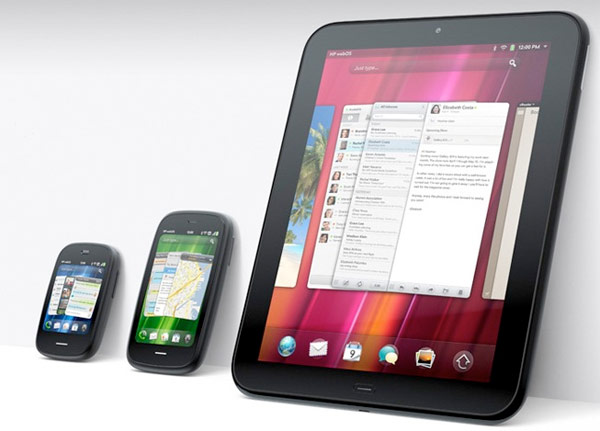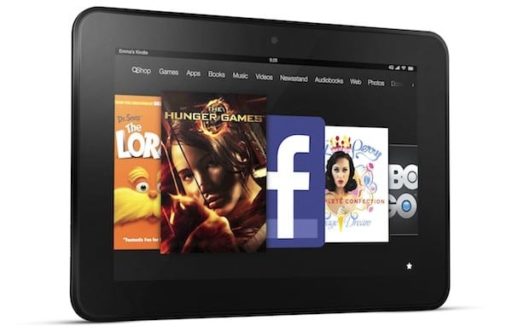HP TouchPad, the first device other than a handset to feature webOS release this week, aptly demonstrates the promise and perils of HP’s adopted operating system. To help share development costs of webOS and expand the market for its developers, HP has warmed to the idea of licensing the Palm-developed operating system. My friend Ross Rubin has share his findings in this features on engadget. Let’s checkout his findings bellow.
HP’s willingness to license webOS while continuing to make devices based on the operating system serves up a healthy helping of déjà vu for those who followed the history of Palm, Inc. The PDA pioneer sought to take advantage of its dominance in handhelds, and stave off rival Pocket PCs powered by Windows CE, by licensing the Palm operating system while continuing to use it.
The decision proved to be Palm’s short-term salvation and long-term ruin. One of the first companies to license the Palm OS was Handspring, founded by former Palm executives. Handspring created the Treo, which became Palm’s entry into smartphones when Palm acquired Handspring. A few other companies licensed the Palm OS for smartphones, including Kyocera and Samsung, but the inherent conflict created by competing with licensees forced Palm to spin Palm OS out into a company called PalmSource, which folded three years later.
That distraction (and Palm OS’ failure to advance) forced Palm to rebuild in much the same way that Microsoft has with Windows Phone 7 and RIM with QNX. Despite Palm’s small size relative to those companies, it was out the door first with webOS. Ultimately, though, it was too little too late, and the company had to sell itself to HP.
WebOS brings hope anew to HP’s smartphone efforts. It had previously only dabbled in the space with a handful of Windows Mobile devices aimed mostly at business customers. While HP will likely stay in the phone business, its unwillingness to invest in that market at the level of the likes of Apple, Google and Microsoft may have been what former HP CEO Mark Hurd meant when he said last year that HP “didn’t buy Palm to be in the smartphone business.” Per se.
However, in contrast to MeeGo, the once next-generation OS for Nokia that has now been relegated to R&D, HP has pledged to bring webOS to a wide swath of HP products — perhaps too wide. While it’s easy to see how TouchPad and smartphone sales would symbiotically attract developers, it’s less clear how much apps for those products would have in common with, say, those on a printer front panel or on a layer living on top of Windows on a PC — two possibilities that HP has raised for device markets where it is particularly strong.
Where HP’s work bringing webOS to new platforms and architecture could pay off, though, is in licensing webOS. Effective licensing ultimately requires supporting a broad range of hardware configurations, a burden that Nokia, for example, has pledged to help Microsoft with as the phone maker brings Windows Phone 7 to less costly hardware. With HP’s primary play in webOS being outside the smartphone market, it creates more room to license webOS in that high-volume category –a place where the OS really needs to attract developers. The open question, though, is what company would be willing to give webOS the attention that HP wants while delivering the high volumes that webOS needs. The next Switched On will look at the field of contenders and discuss which handset company might be ready to spin its own webOS handset.
Source
[ttjad keyword=”android-device”]



